Home>Interior Design>Pros Reveal Which Type Of Paint Is Best For Kitchens
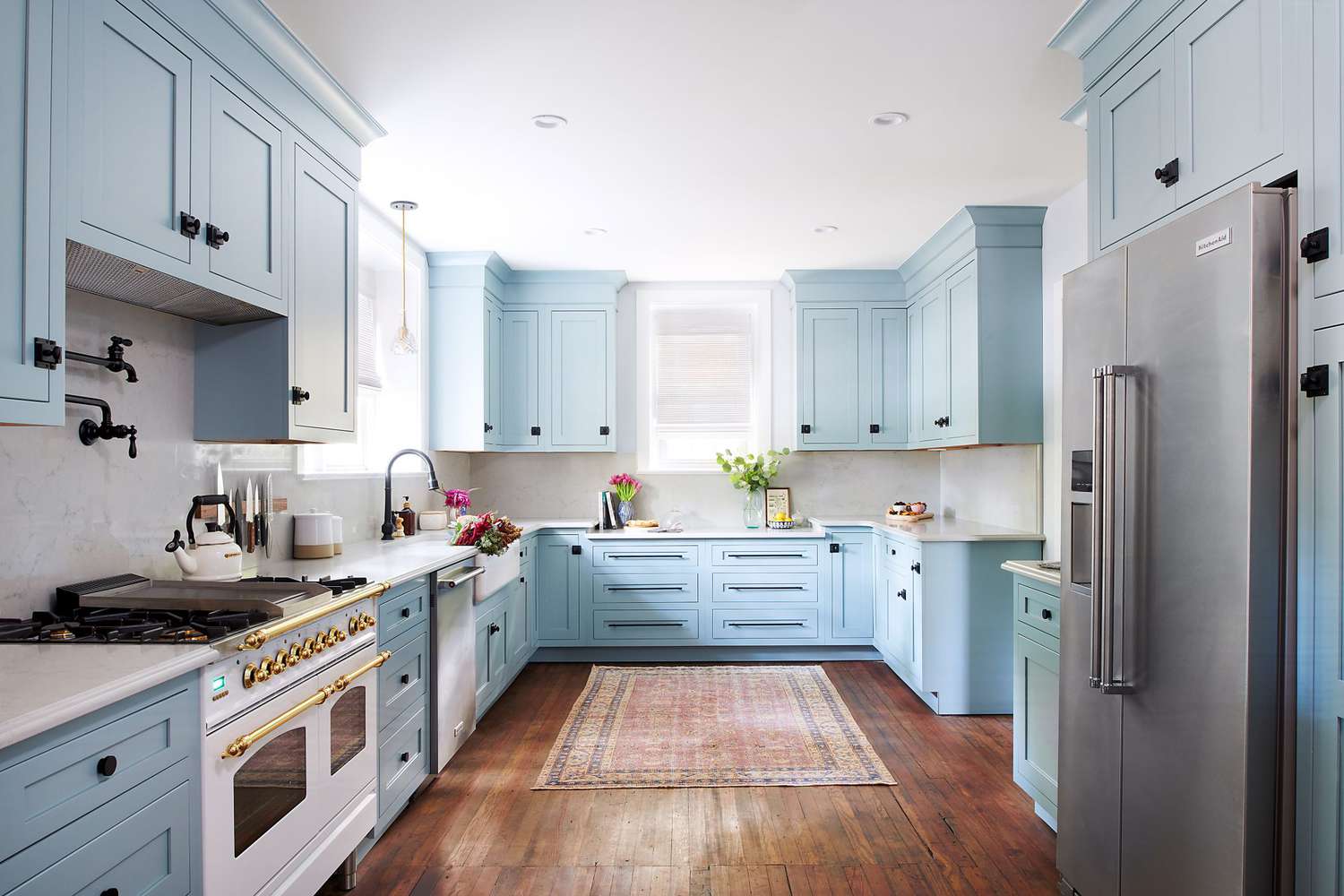

Interior Design
Pros Reveal Which Type Of Paint Is Best For Kitchens
Modified: January 9, 2024
Discover the top choices for kitchen paint from the pros in the interior design industry. Find out which type of paint is best suited for your kitchen renovation project.
(Many of the links in this article redirect to a specific reviewed product. Your purchase of these products through affiliate links helps to generate commission for Storables.com, at no extra cost. Learn more)
Introduction
When it comes to painting your kitchen, choosing the right type of paint is crucial. The kitchen is not just a place for cooking; it’s often the heart of the home, where families gather and memories are made. Therefore, you want to ensure that the paint you select not only complements your kitchen’s design but also withstands the demands of this high-traffic area.
There are several types of paint commonly used for kitchens, each with its own set of advantages and disadvantages. In this article, we will explore the pros and cons of latex paint, oil-based paint, water-based paint, acrylic paint, and enamel paint, allowing you to make an informed decision based on your specific needs and preferences.
Before we dive into the different types of paint, it’s important to note that choosing the right paint for your kitchen involves considering factors such as durability, stain resistance, ease of application, and finish options. So, without further ado, let’s explore the various types of paint suitable for kitchens and discover which one may be the best fit for your space.
Key Takeaways:
- Choose latex paint for versatile, easy-to-clean kitchen walls with quick drying time and a wide range of color options. However, consider its limitations in durability and adhesion to certain surfaces.
- Opt for oil-based paint in high-traffic kitchen areas for exceptional durability and resistance to stains and moisture. Be mindful of its longer drying time, strong odor, and need for harsh solvents during clean-up.
Latex Paint
Latex paint, also known as water-based paint, is a popular choice for kitchens due to its versatility and ease of use. This type of paint is made from a water-soluble base and contains synthetic polymers, which provide flexibility and durability.
Advantages of Latex Paint:
- Easy Clean-up: Latex paint is a breeze to clean up as it can be easily wiped off with soap and water. This makes it an ideal choice for kitchens, where spills and splatters are bound to occur.
- Quick Drying Time: Latex paint typically dries within a few hours, allowing you to apply multiple coats and complete your kitchen painting project in a shorter amount of time.
- Low VOC Formulas: Many latex paints are now available in low VOC (volatile organic compounds) formulations, which means they have fewer harmful chemicals and produce less odor during application.
- Wide Color Selection: Latex paint comes in a vast array of colors, making it easy to find the perfect shade to match your kitchen’s design scheme.
Disadvantages of Latex Paint:
- Not as Durable as Oil-Based Paint: While latex paint is a durable option, it is not as resistant to wear and tear as oil-based paint. It may not hold up as well in high-traffic areas or areas prone to moisture, such as near the sink or stove.
- Less Brushability: Latex paint can be more difficult to apply with a brush compared to oil-based paint. It may create visible brush strokes or require more coats to achieve a smooth finish.
- Less Adhesion to Certain Surfaces: Latex paint may not adhere as well to certain surfaces, such as bare wood or metal, without proper preparation and priming.
Overall, latex paint is a versatile and user-friendly option for kitchen painting projects. Its easy clean-up, quick drying time, and wide color selection make it a popular choice for homeowners. However, it may not be the best choice for high-traffic areas or surfaces that require maximum durability and adhesion.
Oil-based Paint
Oil-based paint, also known as alkyd paint, has long been a popular choice for kitchen painting projects. This type of paint is made from a linseed oil or solvent base, mixed with pigments and resins for added durability.
Advantages of Oil-based Paint:
- Superior Durability: Oil-based paint is known for its exceptional durability and ability to resist stains, scratches, and moisture. This makes it an excellent choice for high-traffic areas in the kitchen.
- Smooth Finish: Oil-based paint provides a smooth and glossy finish, giving your kitchen a sophisticated and polished look.
- Adheres Well to Surfaces: Oil-based paint adheres well to a variety of surfaces, including wood, metal, and previously painted surfaces, without the need for extensive priming.
- Excellent Hide: Oil-based paint offers excellent coverage, often requiring fewer coats to achieve the desired color and finish.
Disadvantages of Oil-based Paint:
- Long Drying Time: Oil-based paint can take a significantly longer time to dry compared to latex paint, often requiring 24 hours or more between coats.
- Strong Odor: Oil-based paint has a strong smell due to the solvents used in its formulation. This can make it challenging to work with, especially for individuals with sensitive noses or in homes without proper ventilation.
- Difficult Clean-up: Cleaning up oil-based paint requires the use of harsh solvents, such as mineral spirits or paint thinner, which can be harmful to the environment and require extra precautions for disposal.
- Yellowing Over Time: Oil-based paint may have a tendency to yellow over time, especially when exposed to sunlight or high heat. This can affect the overall appearance of your kitchen if not properly maintained.
While oil-based paint offers superior durability and a smooth finish, it does come with some drawbacks, including longer drying times and a strong odor. Consider these factors and the specific needs of your kitchen when determining whether oil-based paint is the right choice for your project.
Water-based Paint
Water-based paint, also known as acrylic paint, is another popular option for kitchen painting projects. This type of paint is made from a water-soluble base mixed with acrylic polymers, creating a durable and versatile paint formula.
Advantages of Water-based Paint:
- Low Odor: Water-based paint has a low odor compared to oil-based paint, making it a more pleasant option to work with in your kitchen space.
- Fast Drying Time: Water-based paint typically dries quickly, allowing for faster project completion and reduced downtime in your kitchen.
- Easy Clean-up: Similar to latex paint, water-based paint can be easily cleaned up with soap and water, minimizing the mess and effort required for maintenance.
- Good Color Retention: Water-based paint tends to retain its color well over time, resisting fading and yellowing, especially when exposed to sunlight.
Disadvantages of Water-based Paint:
- Less Durability: While water-based paint is relatively durable, it may not hold up as well as oil-based paint in high-traffic areas and areas prone to moisture or heavy use.
- Prone to Water Damage: Water-based paint is more susceptible to damage from water and excessive moisture. It may blister or peel if exposed to prolonged water contact.
- Less Adhesion: Water-based paint may not adhere as well to certain surfaces, such as glossy or oil-based painted surfaces, without proper surface preparation and priming.
- Limited Sheen Options: Water-based paint typically offers a more limited range of sheen options compared to oil-based paint.
Water-based paint provides a good alternative to oil-based paint, offering fast drying times, easy clean-up, and low odor. However, it may not be as durable against moisture and heavy use. Consider the specific requirements of your kitchen and your desired sheen options when deciding whether water-based paint is the right choice for you.
When choosing paint for kitchens, opt for a semi-gloss or high-gloss finish for better durability and easier cleaning. These finishes are more resistant to moisture, grease, and stains, making them ideal for kitchen walls and cabinets.
Acrylic Paint
Acrylic paint is a type of water-based paint that has gained popularity in recent years, known for its versatility and wide range of applications. It is a fast-drying paint that contains pigment suspended in an acrylic polymer emulsion.
Advantages of Acrylic Paint:
- Fast Drying Time: Acrylic paint dries quickly, allowing for multiple coats and faster project completion in your kitchen.
- Color Stability: Acrylic paint retains its color well over time and is resistant to fading, ensuring that your kitchen walls maintain their vibrant appearance.
- Flexibility: Acrylic paint is known for its flexibility, making it less likely to crack or peel when exposed to temperature and humidity changes in the kitchen environment.
- Wide Range of Sheen Options: Acrylic paint is available in various sheen options, including matte, satin, and glossy, allowing you to choose the level of shine that suits your kitchen design.
Disadvantages of Acrylic Paint:
- Less Durable: While acrylic paint offers good durability, it may not be as resilient to heavy wear and tear as oil-based paint, especially in high-traffic areas.
- Not as Stain Resistant: Acrylic paint is not as resistant to stains as oil-based paint, making it more challenging to clean stubborn marks or spills.
- Thinner Consistency: Acrylic paint has a thinner consistency compared to oil-based paint, which can make it challenging to achieve full coverage on certain surfaces without multiple coats.
- Less Adhesion to Non-Porous Surfaces: Acrylic paint may have difficulty adhering to non-porous surfaces, such as slick tiles or laminate countertops, without proper surface preparation and priming.
Acrylic paint is a versatile option for kitchen painting projects, offering fast drying times and color stability. However, it may not provide the same level of durability and stain resistance as oil-based paint. Consider the specific requirements of your kitchen and prioritize factors such as drying time, color stability, and desired sheen when deciding if acrylic paint is the right choice for you.
Enamel Paint
Enamel paint is a type of oil-based paint that is known for its durability and smooth, glossy finish. It is made from a solvent base mixed with resin and pigments, creating a hard and durable coating.
Advantages of Enamel Paint:
- Exceptional Durability: Enamel paint is highly durable and resistant to scratches, stains, and moisture, making it an excellent choice for kitchen surfaces that require extra protection.
- High Gloss Finish: Enamel paint provides a lustrous, glossy finish that adds a touch of elegance and sophistication to your kitchen.
- Easy to Clean: The smooth surface of enamel paint makes it easy to wipe clean, making it ideal for kitchen walls, cabinets, and trim that are prone to spills and splatters.
- Good Adhesion to Surfaces: Enamel paint adheres well to a variety of surfaces, including wood, metal, and previously painted surfaces, providing a strong and long-lasting coating.
Disadvantages of Enamel Paint:
- Longer Drying Time: Enamel paint typically has a longer drying time compared to other types of paint, requiring patience and careful handling during the painting process.
- Strong Odor: Enamel paint has a strong odor due to the solvents used in its formulation. Adequate ventilation is necessary, especially in enclosed kitchen spaces.
- Difficult Clean-up: Cleaning up enamel paint requires the use of harsh solvents, such as mineral spirits or paint thinner, which can be harmful to the environment and necessitate proper disposal.
- Limited Color Options: Enamel paint may have more limited color options compared to other types of paint, particularly in terms of custom shades and specialty finishes.
Enamel paint is an excellent choice for kitchen surfaces that require exceptional durability and a high gloss finish. However, it does have a longer drying time, strong odor, and may have limited color options. Consider the specific needs and design preferences of your kitchen when determining if enamel paint is the right choice for your project.
Conclusion
Choosing the right paint for your kitchen is essential to achieve the desired look and ensure long-lasting durability. Each type of paint, whether it be latex, oil-based, water-based, acrylic, or enamel, has its own unique characteristics and advantages.
Latex paint, with its easy clean-up, quick drying time, and wide range of color options, is a versatile and popular choice for kitchen walls. However, it may not be as durable as oil-based paint and can have limitations in terms of adhesion to certain surfaces.
Oil-based paint, known for its exceptional durability and ability to resist stains and moisture, is a top choice for high-traffic areas in the kitchen. However, it has a longer drying time, a strong odor, and may require the use of harsh solvents for clean-up.
Water-based paint, such as acrylic paint, offers a low odor, fast drying time, and easy clean-up. It also retains its color well over time. However, it may be less durable against moisture and heavy use and may have limitations in terms of adhesion to certain surfaces.
Acrylic paint, a type of water-based paint, provides a fast drying time, color stability, and flexibility. It offers various sheen options, allowing you to achieve the desired level of shine. However, it may not be as durable as oil-based paint and can have difficulty adhering to non-porous surfaces.
Enamel paint, an oil-based paint, excels in terms of durability, high-gloss finish, and easy cleanability. It is a great choice for kitchen surfaces that require extra protection. However, it has a longer drying time, a strong odor, and limited color options.
In conclusion, the best type of paint for your kitchen depends on your specific needs and preferences. Consider factors such as durability, drying time, ease of clean-up, adhesion to surfaces, and desired finish when making your decision. Additionally, it’s always a good idea to consult with professionals or seek expert advice to ensure you choose the most suitable paint for your kitchen renovation or painting project. With the right paint, your kitchen will not only look beautiful but also withstand the demands of daily use for years to come.
Frequently Asked Questions about Pros Reveal Which Type Of Paint Is Best For Kitchens
Was this page helpful?
At Storables.com, we guarantee accurate and reliable information. Our content, validated by Expert Board Contributors, is crafted following stringent Editorial Policies. We're committed to providing you with well-researched, expert-backed insights for all your informational needs.
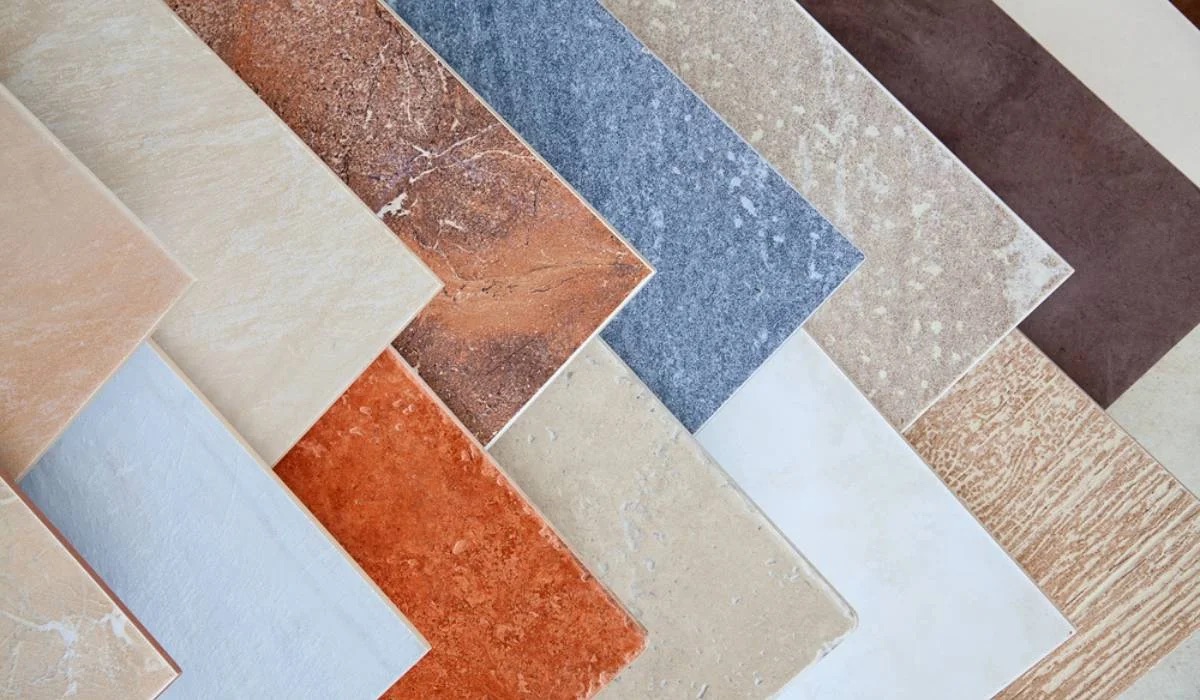
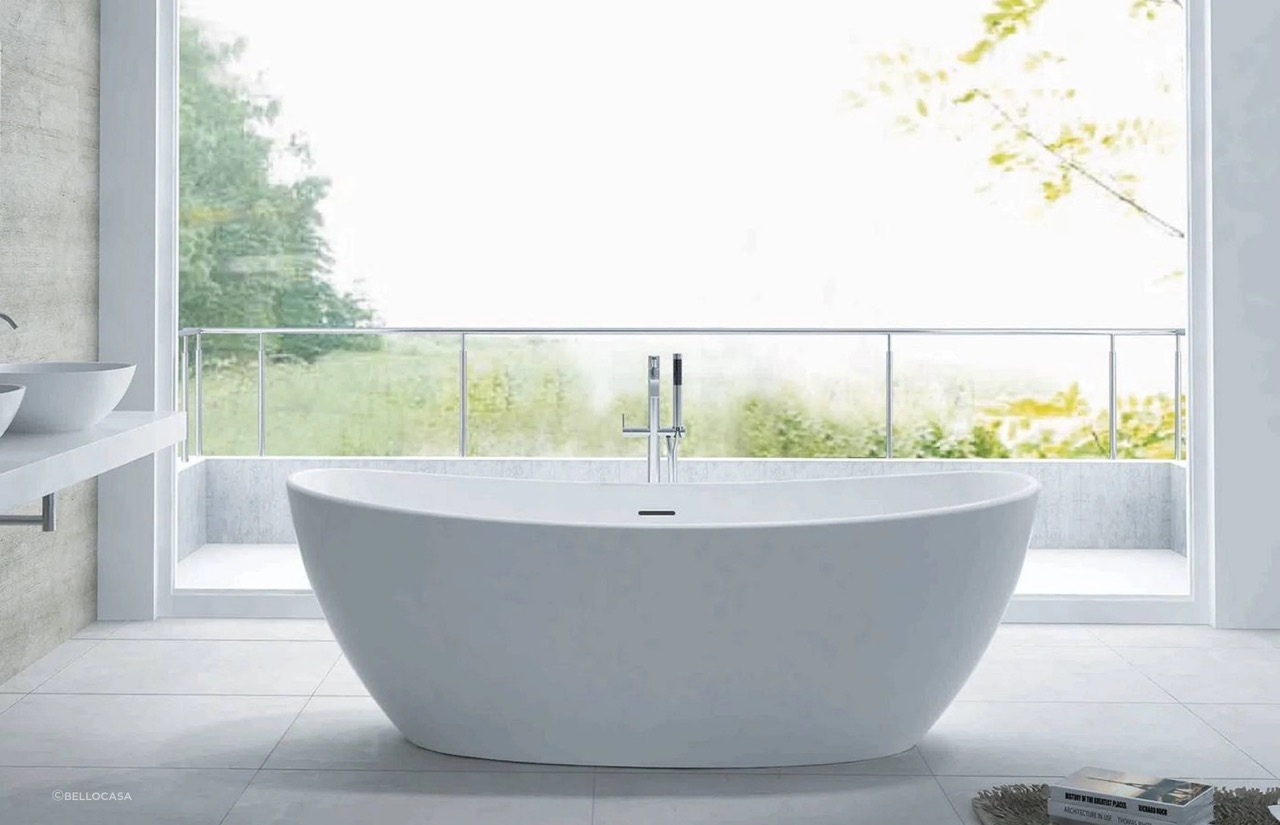

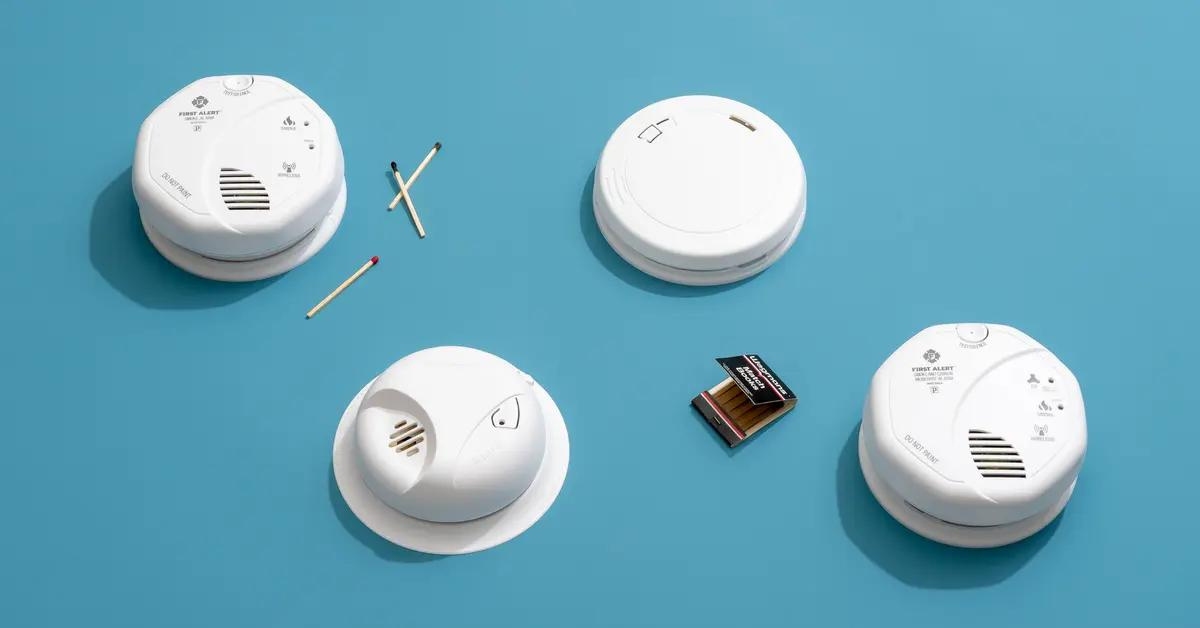
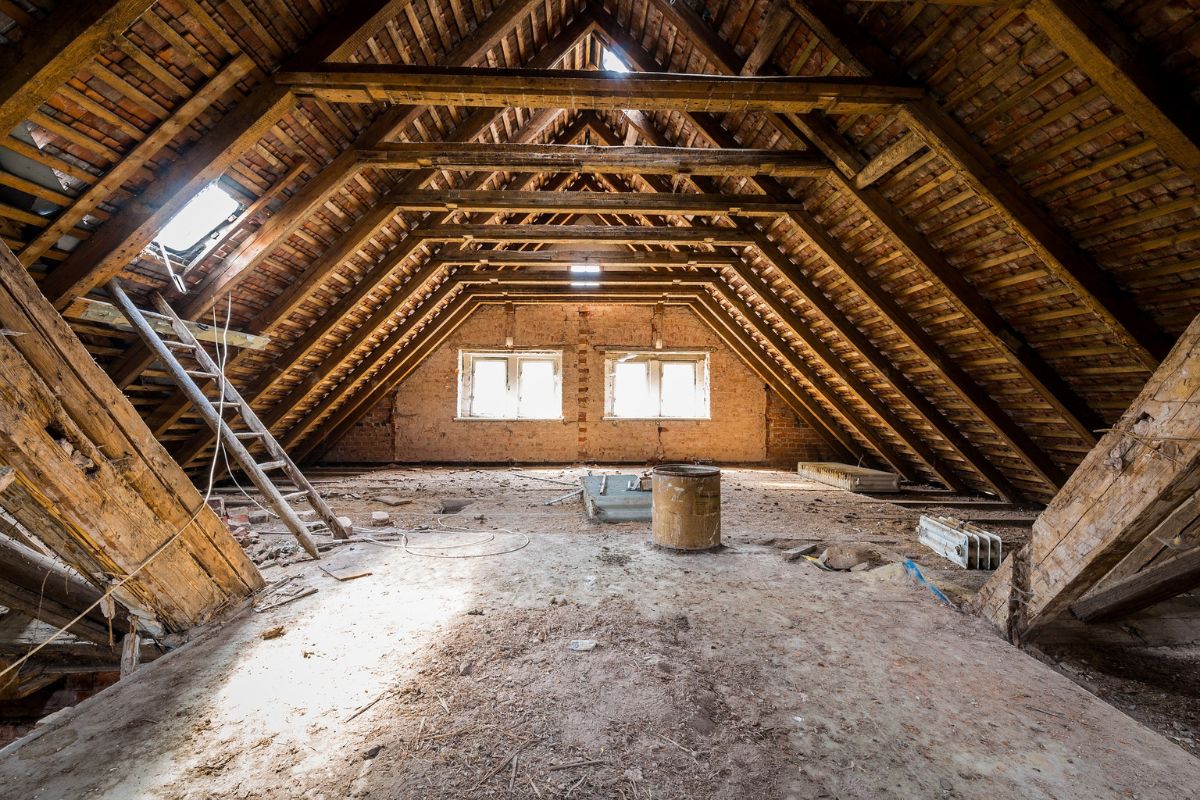
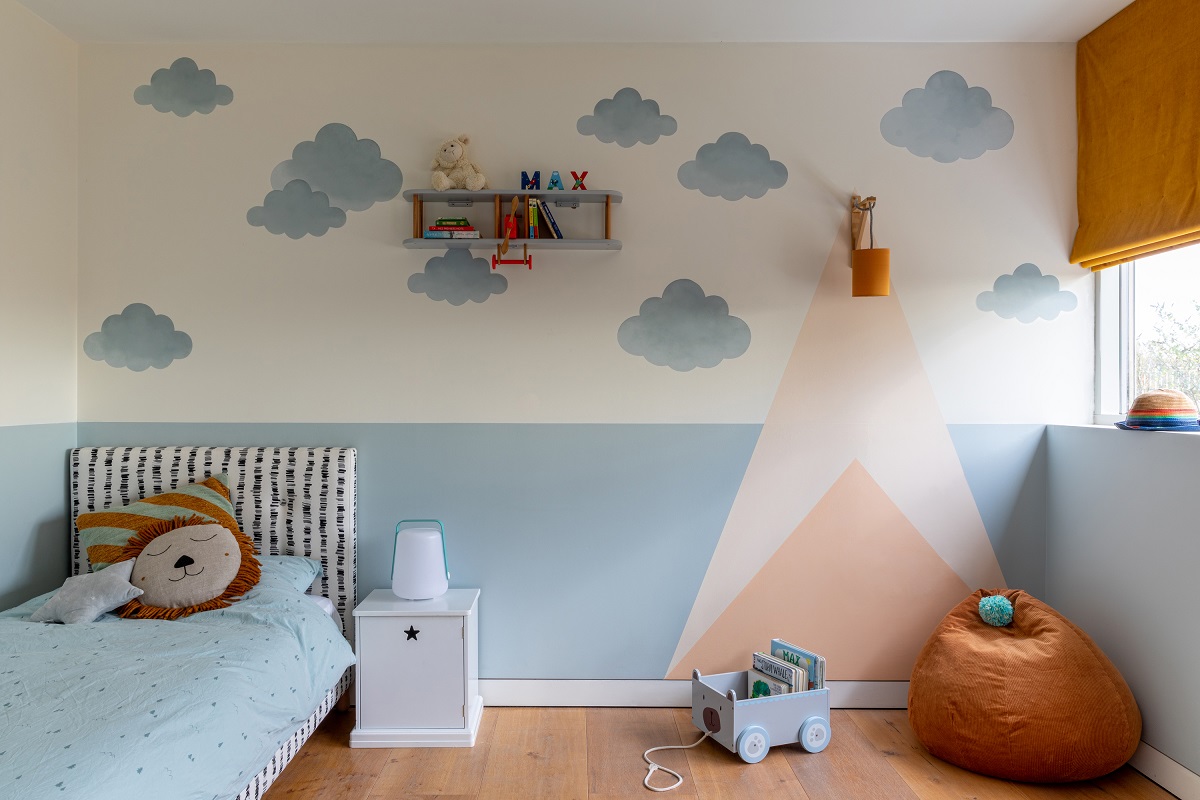
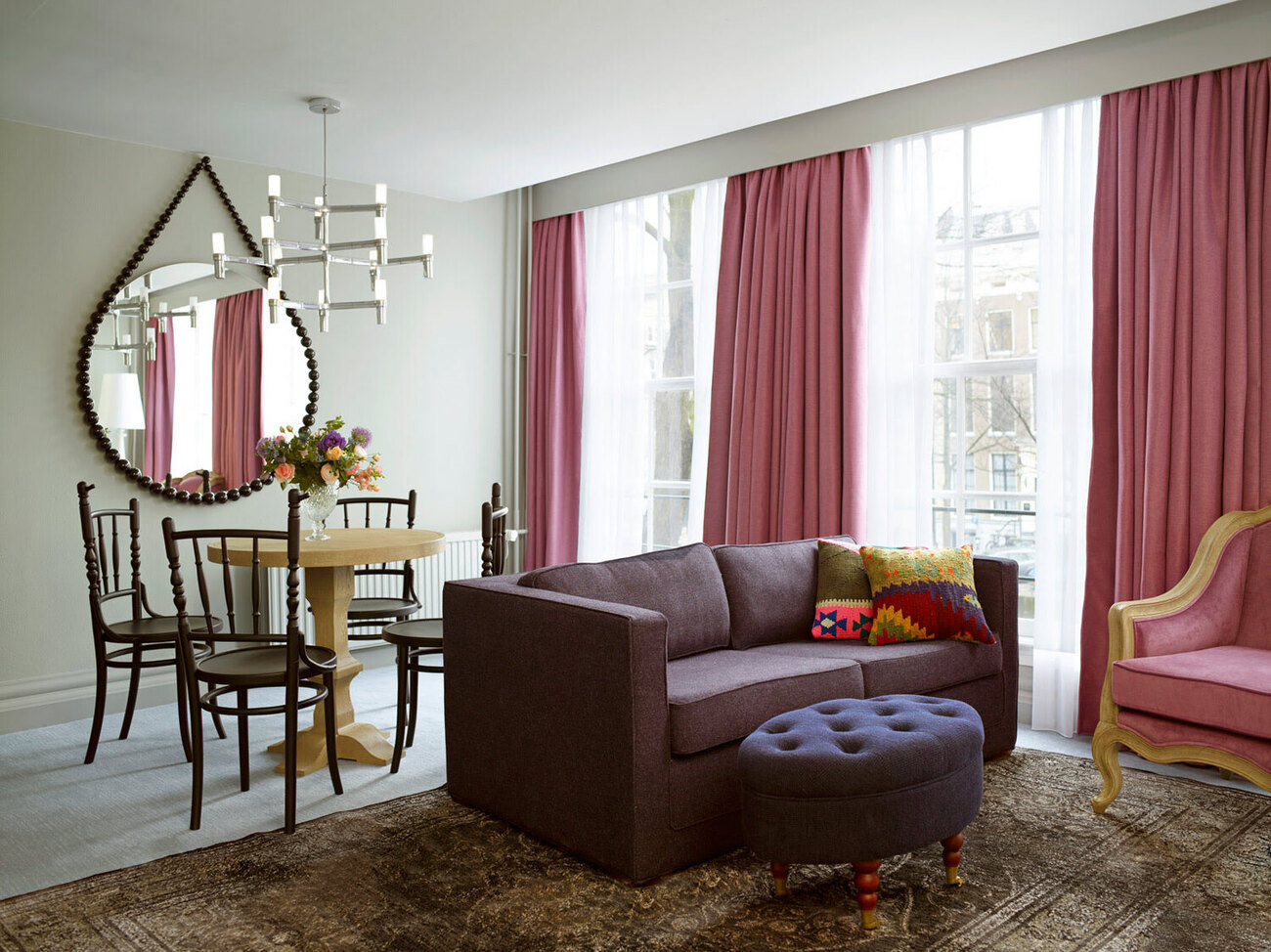
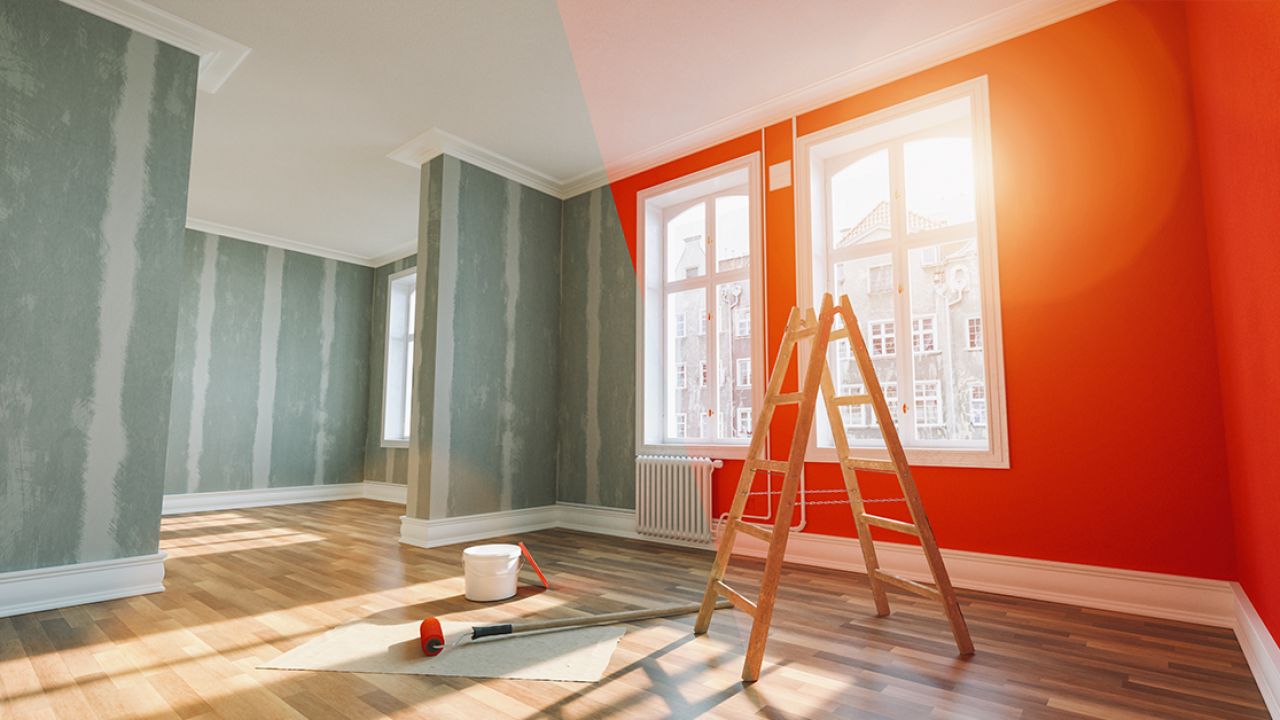
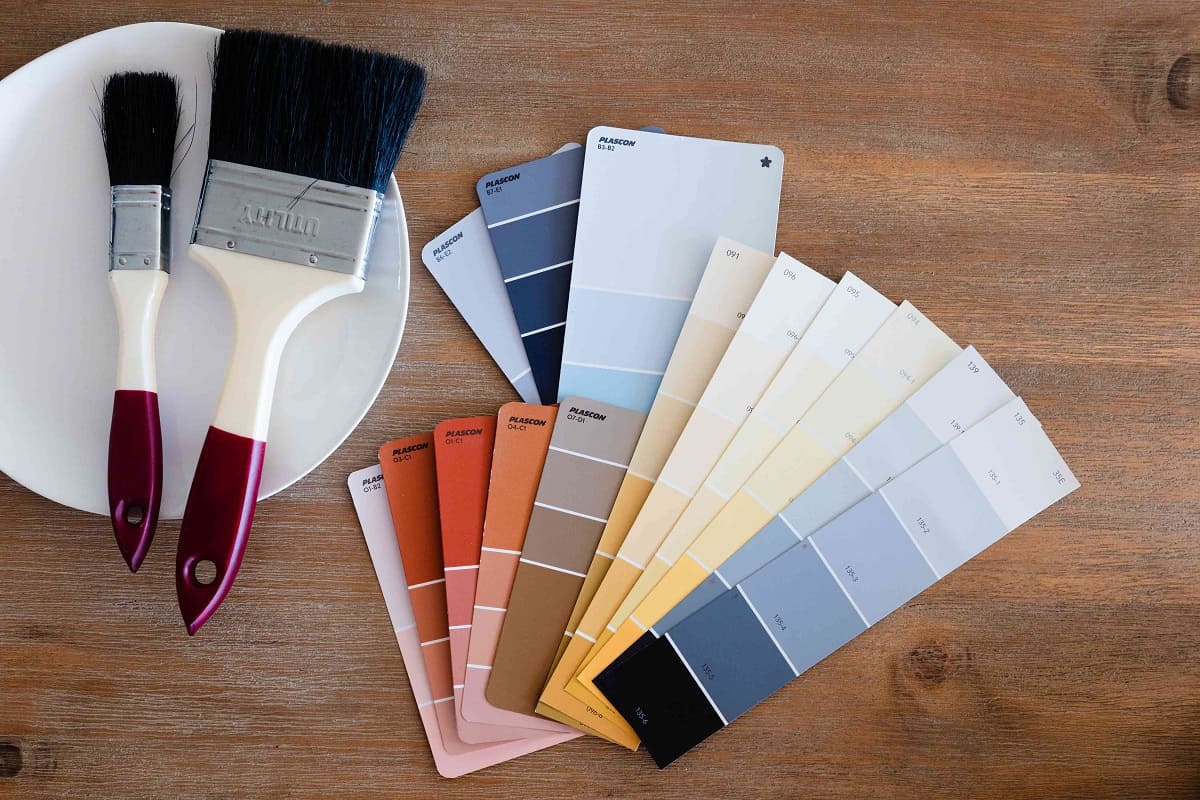


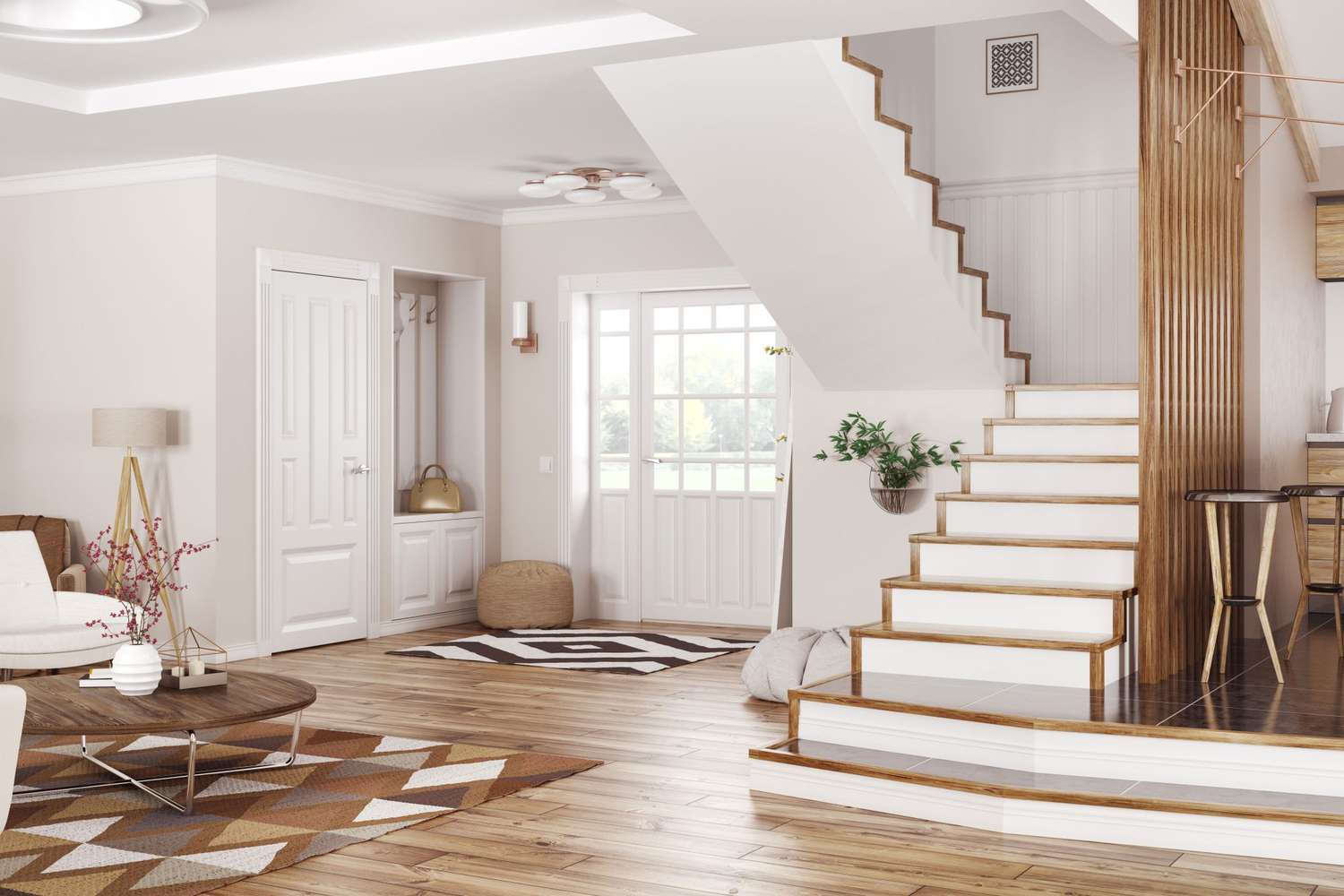
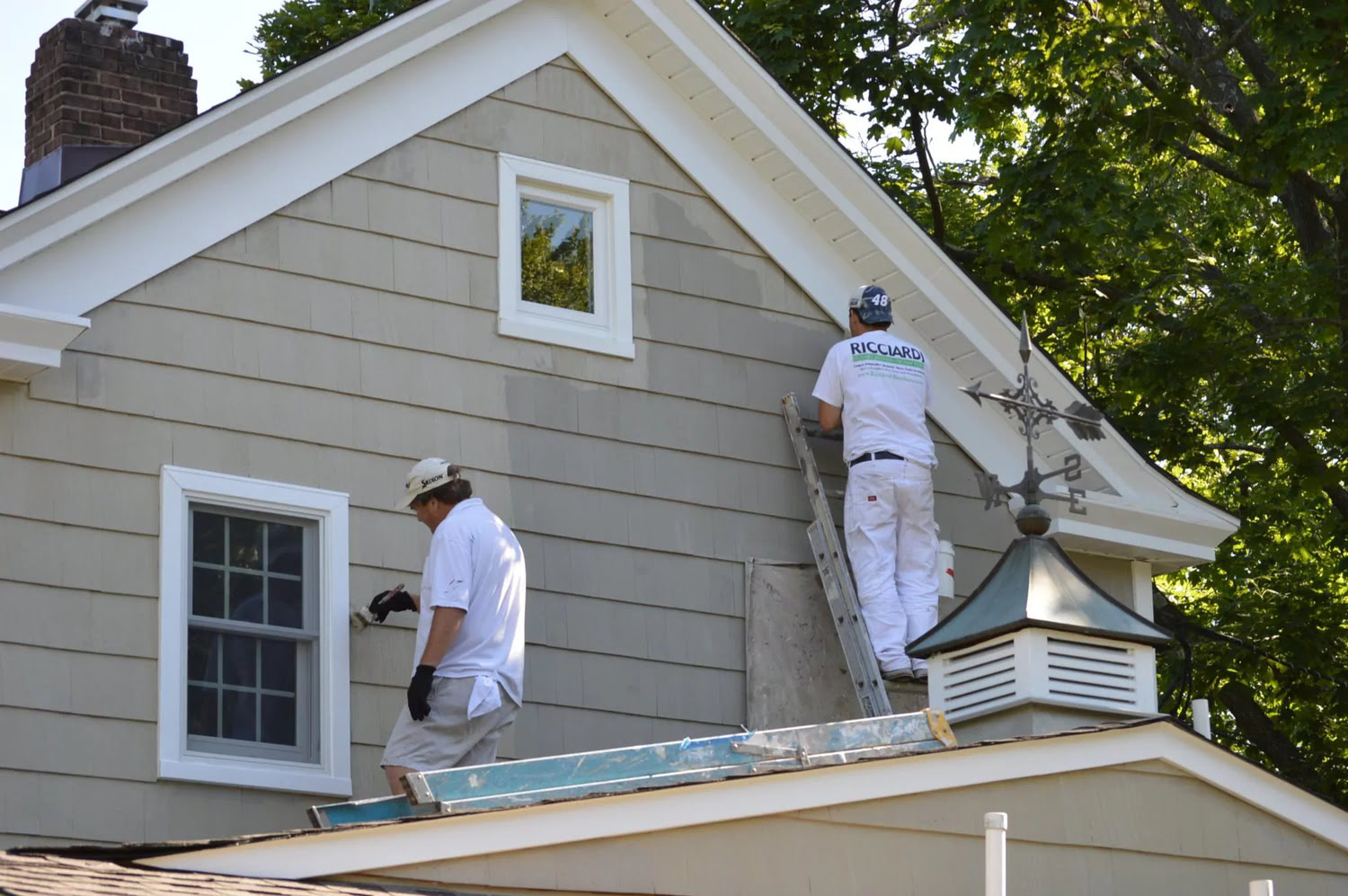
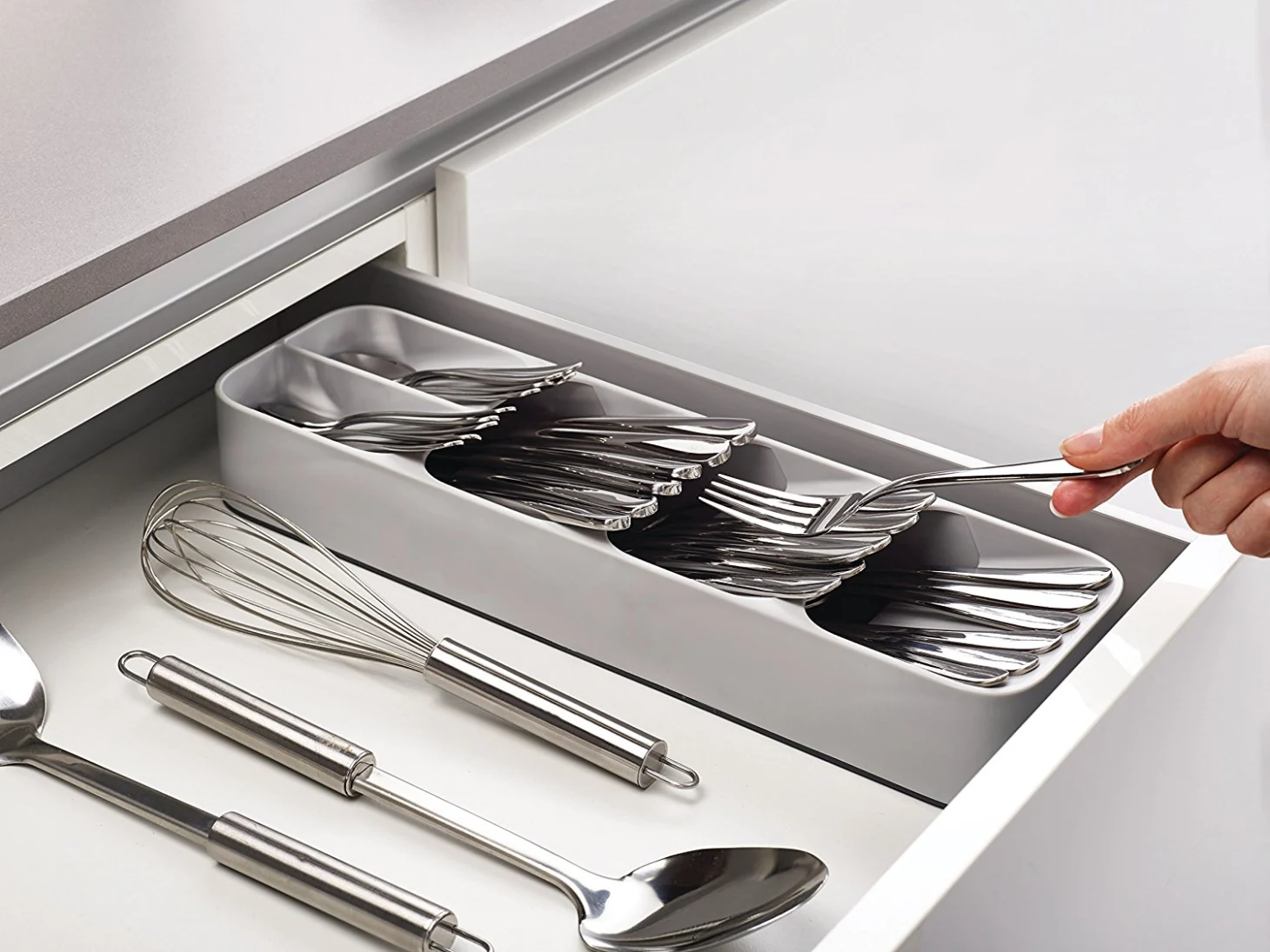

0 thoughts on “Pros Reveal Which Type Of Paint Is Best For Kitchens”